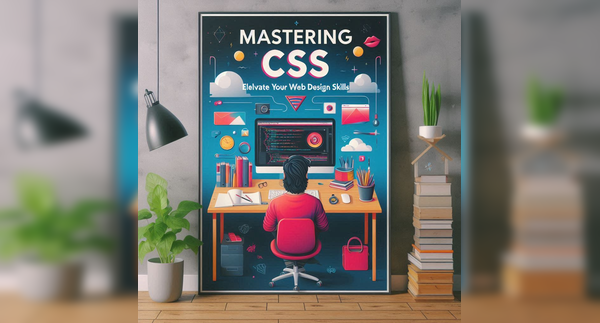
Introduction
In the world of web development, CSS (Cascading Style Sheets) plays a crucial role in defining the visual presentation of web pages. Whether you are a beginner or an experienced developer, mastering CSS is essential for creating visually appealing and responsive websites. This guide will take you through the fundamentals of CSS, its importance, and some advanced techniques to enhance your web projects.
What is CSS?
CSS stands for Cascading Style Sheets, a stylesheet language used to describe the presentation of a document written in HTML or XML. CSS controls the layout of multiple web pages all at once, making it an indispensable tool in web development. It allows developers to separate the content from the design, making it easier to maintain and update websites.
Why CSS is Important?
CSS is important because it enhances the visual appearance and user experience of a website. It allows for customization of colors, fonts, layouts, and overall design, ensuring that your website aligns with your brand's identity. Additionally, CSS improves load times and ensures that your website is responsive across different devices and screen sizes.
Basic CSS Concepts
Before diving into advanced techniques, it’s important to understand some basic CSS concepts:
- Selectors: Selectors are used to target HTML elements you want to style. Examples include class selectors, ID selectors, and element selectors.
- Properties: Properties define what aspect of the element you want to change, such as color, font-size, or margin.
- Values: Values are assigned to properties to specify the desired style, such as red for color or 16px for font-size.
- Box Model: The box model is a fundamental concept in CSS that describes the space around elements, including margins, borders, padding, and content.
Advanced CSS Techniques
Once you have a solid understanding of the basics, you can explore advanced CSS techniques to enhance your web development skills:
- Flexbox: A layout model that provides an efficient way to align and distribute space among items in a container.
- Grid Layout: A two-dimensional layout system that allows you to create complex layouts with rows and columns.
- CSS Animations: CSS allows you to create animations and transitions, adding interactivity and dynamism to your website.
- Responsive Design: Using media queries and flexible layouts, you can create designs that adapt to different screen sizes and devices.
Best Practices for Writing CSS
To write efficient and maintainable CSS, consider the following best practices:
- Keep It Simple: Avoid overcomplicating your CSS by keeping your code simple and easy to read.
- Use Comments: Comment your code to explain sections or styles that might be complex or require clarification.
- Organize Your Code: Group related styles together and follow a consistent naming convention for classes and IDs.
- Test Across Browsers: Ensure your CSS works consistently across different browsers by testing and using vendor prefixes if necessary.
Conclusion
CSS is a powerful tool in web development that enables you to create beautiful, responsive, and user-friendly websites. By mastering both the basic and advanced concepts of CSS, you can significantly enhance the design and functionality of your web projects. Keep practicing, stay updated with the latest trends, and continuously refine
